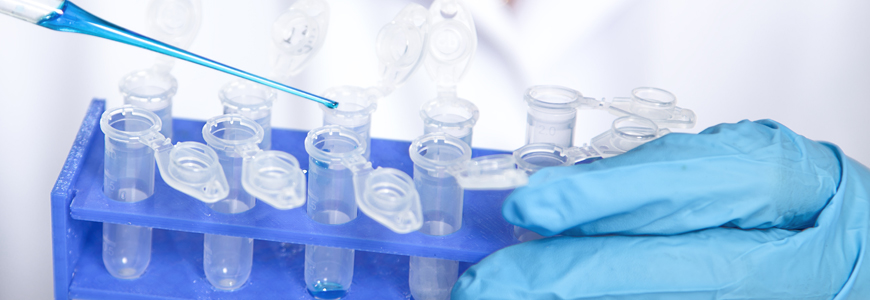Variability in antinuclear antibodies (ANA) assay kits can produce inconsistent results that can complicate the diagnosis of systemic lupus erythematosus (SLE), a Duke rheumatologist says.
While ANA expression is often considered almost universal in SLE, a new Duke study indicates that as many as 30 percent of patients may lack detectable antibodies depending on the kit used—a factor contributing to uncertainty in diagnosis and delays in treatment. The study published in June in the Annals of the Rheumatic Diseases highlights the variations in results from different assay kits in patients with established disease and offers suggestions to help rheumatologists understand the impact of assay variation in clinical and research settings.
From the study, led by David S. Pisetsky, MD, PhD, a Duke rheumatologist and researcher who specializes in serologic markers for SLE, the authors concluded that clinical trials using ANA screening assays should identify the kit and its performance characteristics, particularly for patients with SLE.
An important biomarker for SLE, the presence of ANA is used to determine eligibility for clinical trials for new agents to treat SLE. These trials target patients with active autoantibodies; a positive ANA test is required for identification. Test variability may affect whether a patient can enter a trial or receive a medication approved for autoantibody-positive disease. A 10 percent variation in the frequency of positive and negative results between kits is common, Pisetsky says, but some may produce even more significant differences.“While trying to determine a diagnosis, what we usually worry about are the false positives, depending on the kit we are using,” Pisetsky says. “We don’t want to tell a patient they have lupus if they do not.” Accurate testing is particularly important for patients who may have lupus in its earlier stages, he adds.
Accurate testing can also help rheumatologists identify individuals with some laboratory features of SLE before symptoms present. “We believe you can identify individuals who have serologic activity much earlier, perhaps as long as 5 to 10 years before the symptoms are evident,” Pisetsky says. Accurate testing could allow for early diagnosis and treatment and help prevent more serious symptoms, he adds.
Pisetsky urges rheumatologists and researchers to know the assay kit being used by their testing laboratory. This knowledge is especially important if the laboratory has made a change in assay kits, he adds, since results may be inconsistent. For example, unlike the conventional ANA test, automated assays for ANA detection use indirect immunofluorescence, which may lead to different results because such assays may include only some autoantigens. “If your hospital uses solid-phase automated assays, learn what those assays do and don’t detect,” Pisetsky says.
While certain inflammatory symptoms of SLE may be relatively easy to assess, many patients experience fatigue, depression, cognitive problems, or difficulty concentrating in addition to pain and inflammation. Early SLE diagnosis using ANA screening can help clinicians engage patients to address more fully the range of SLE symptoms.

